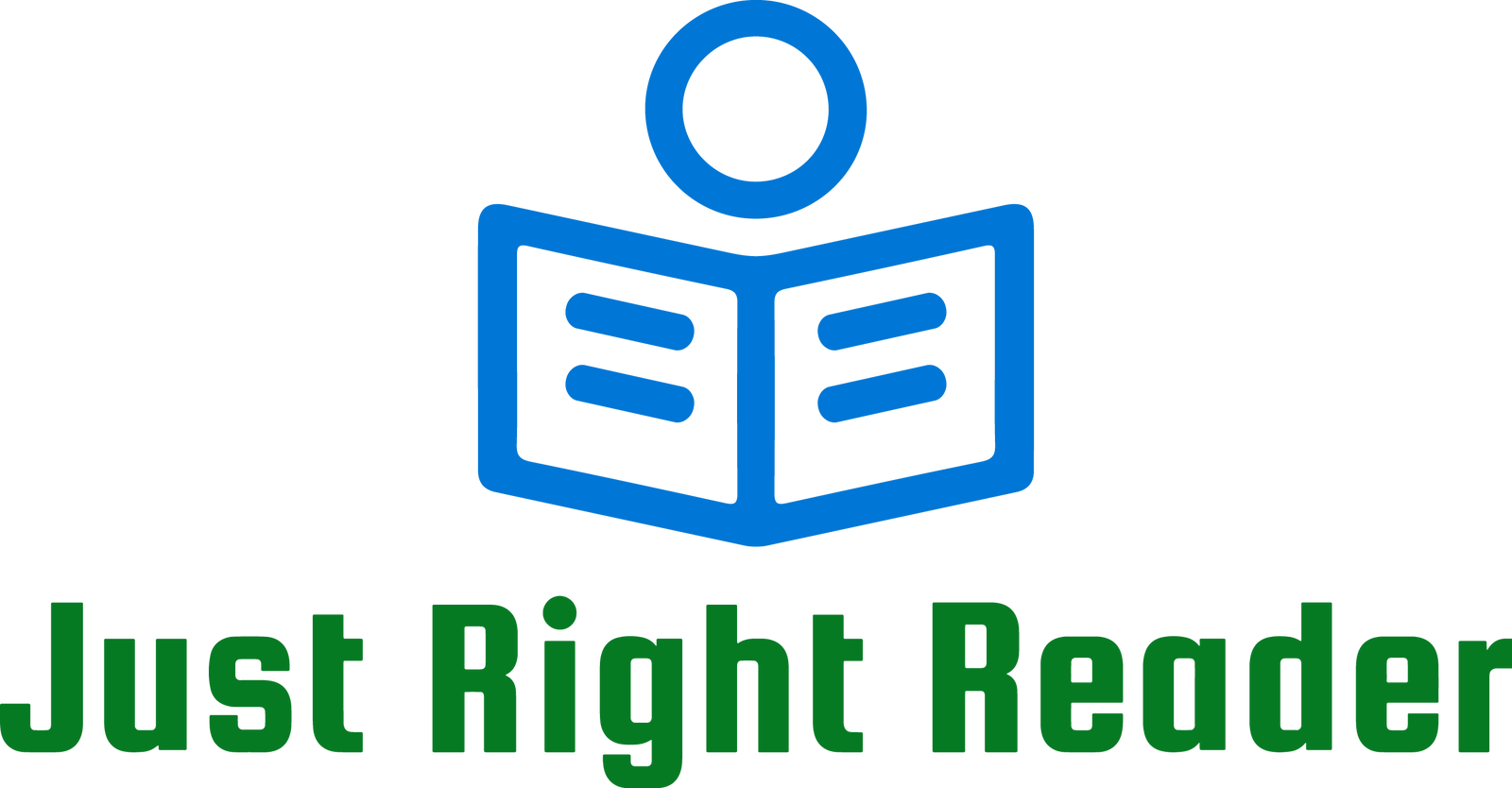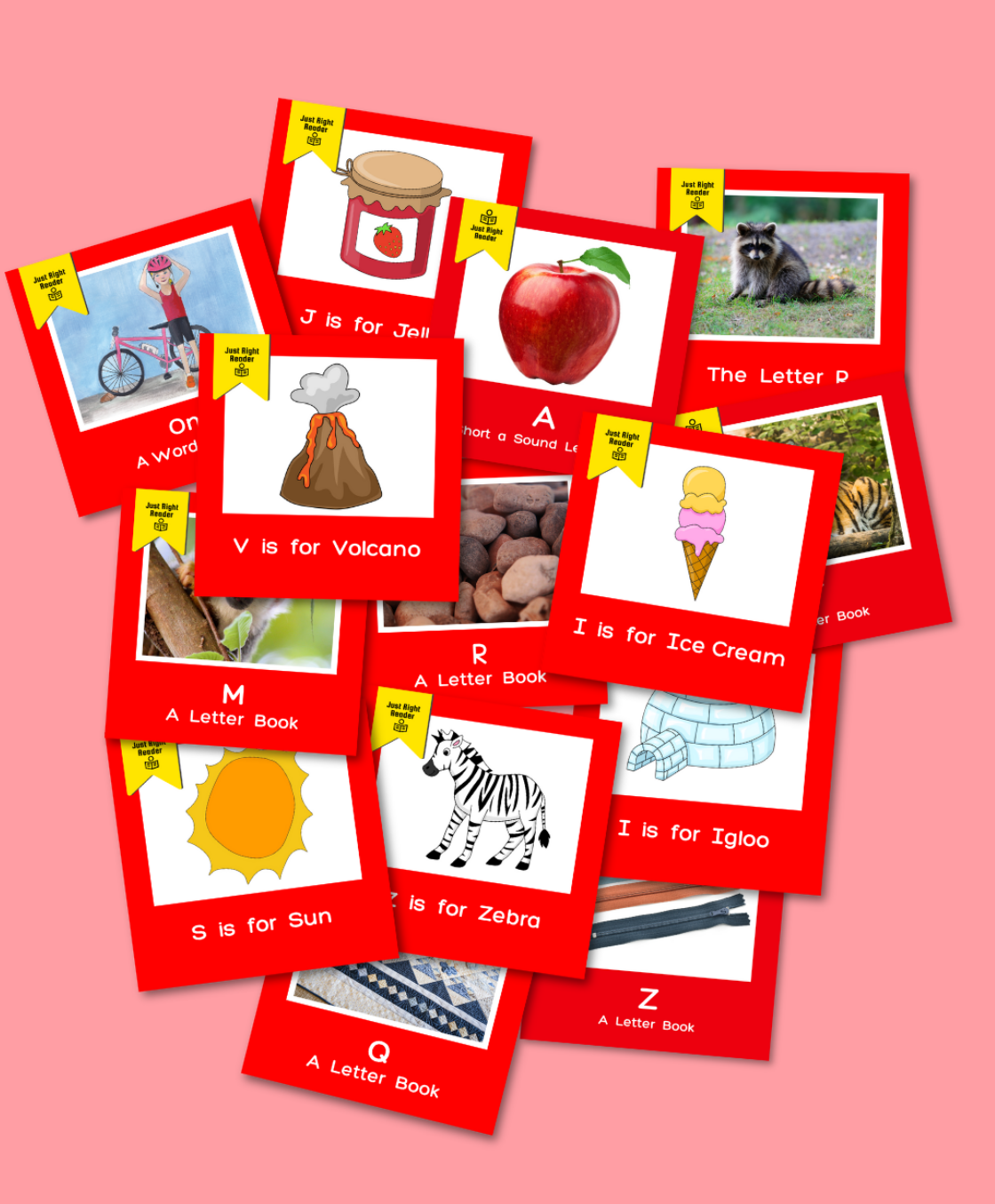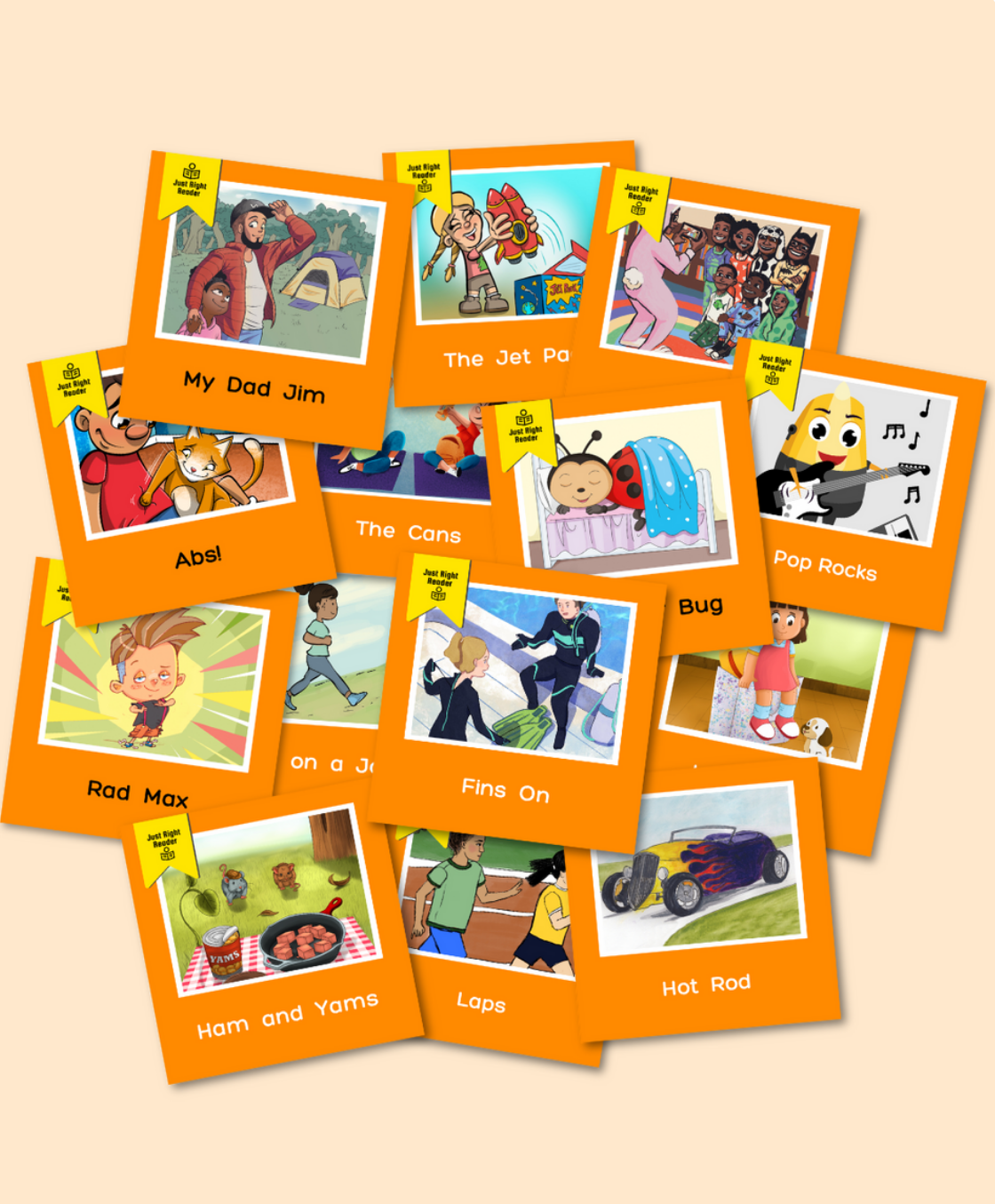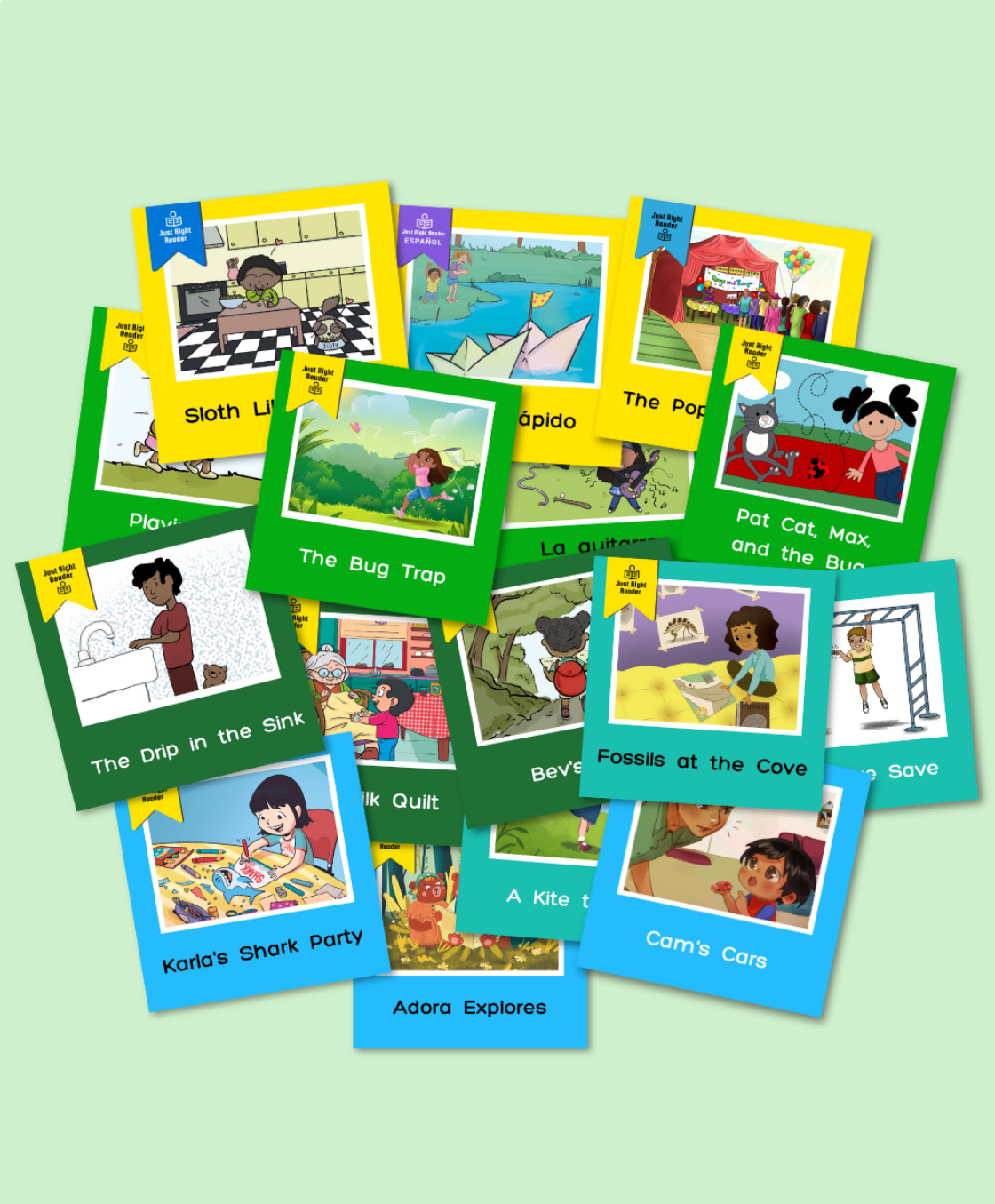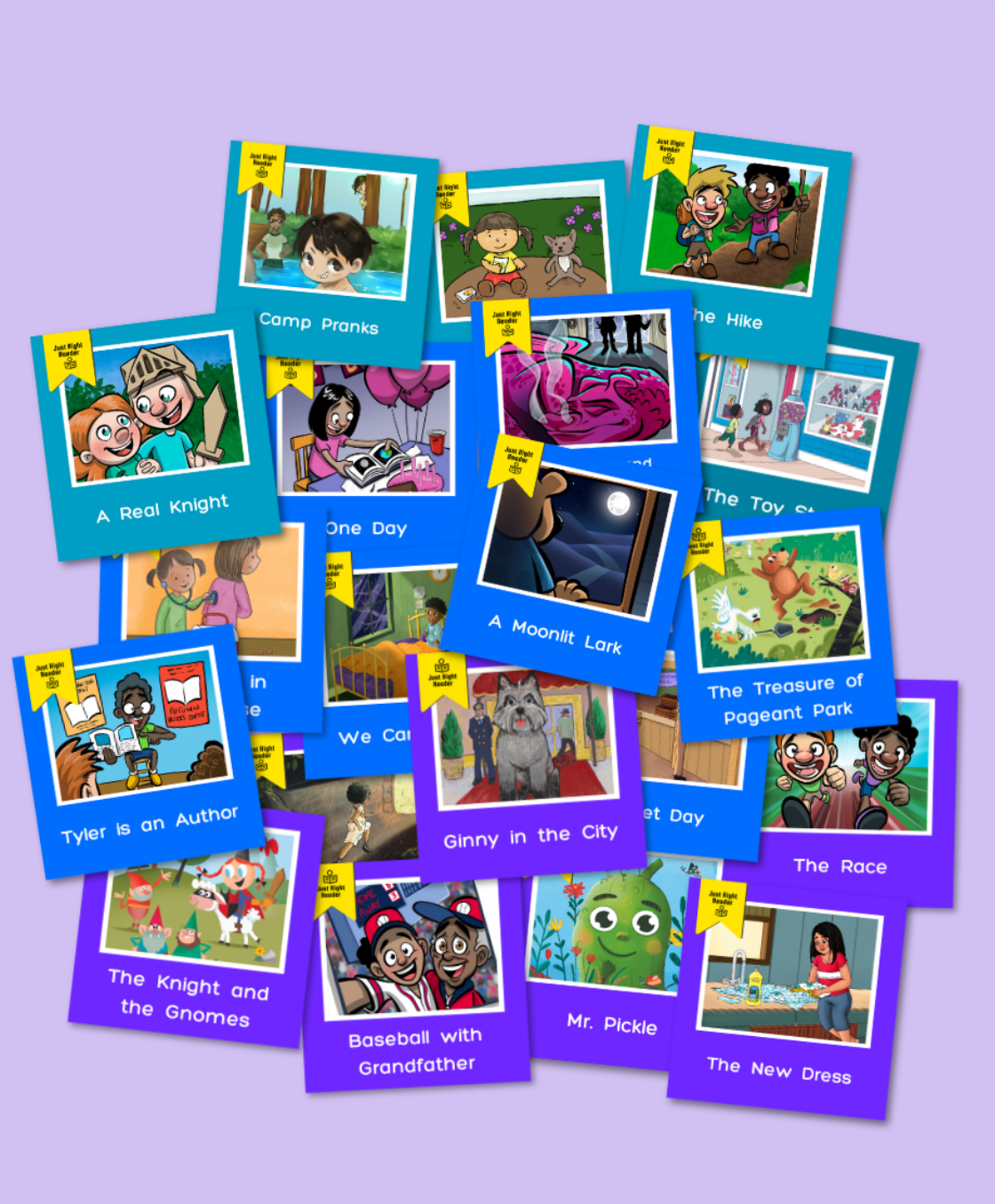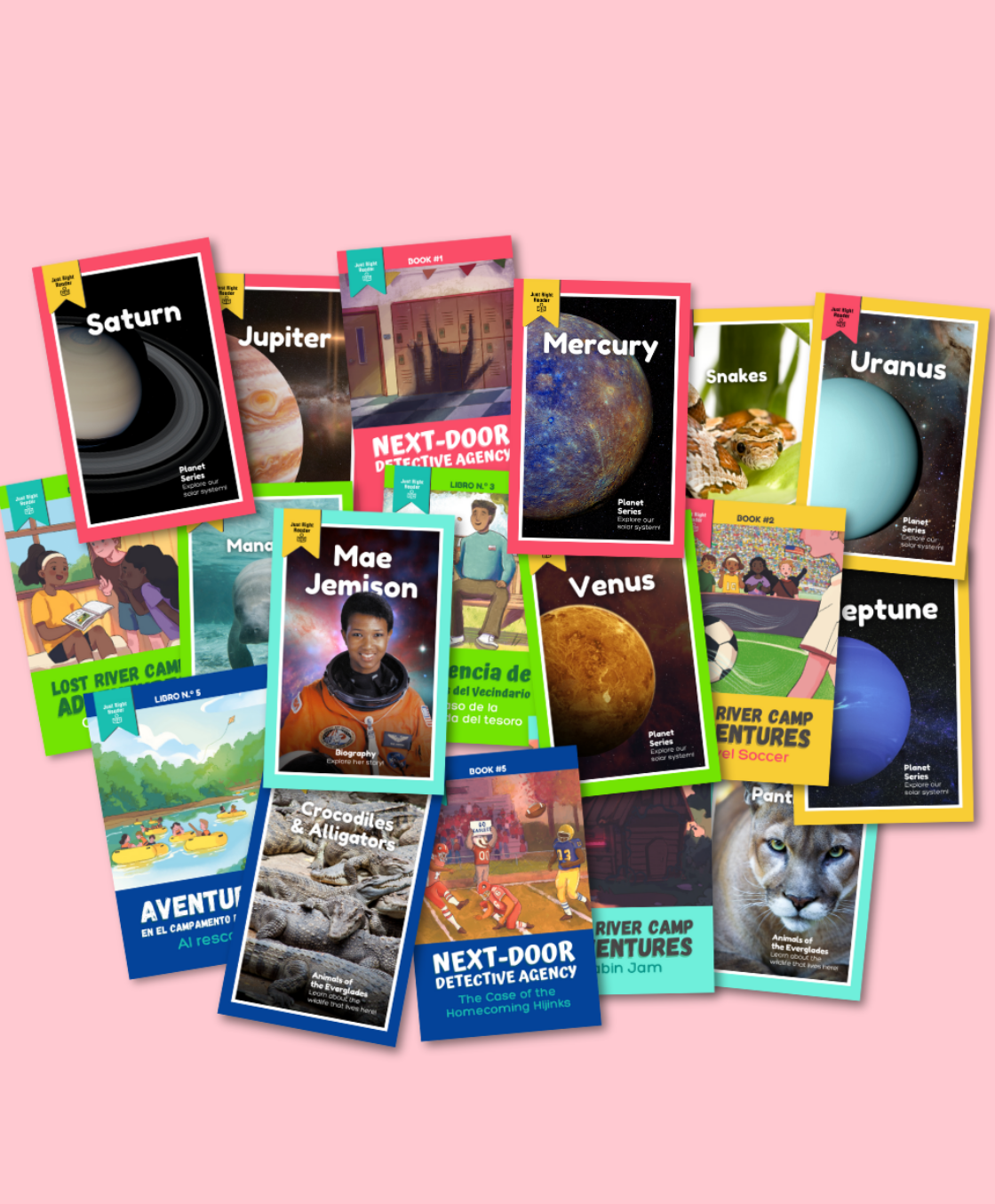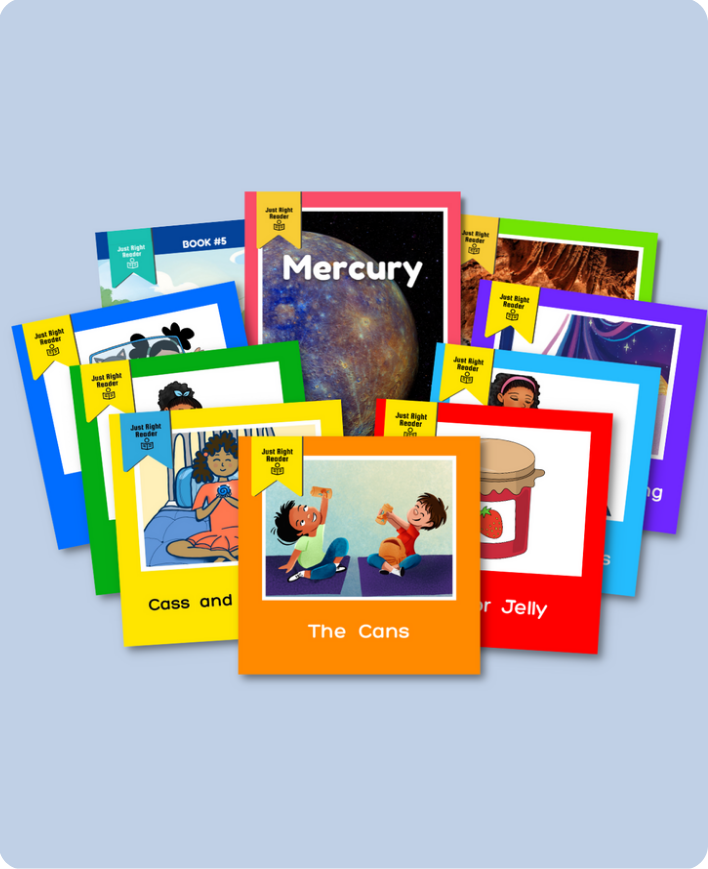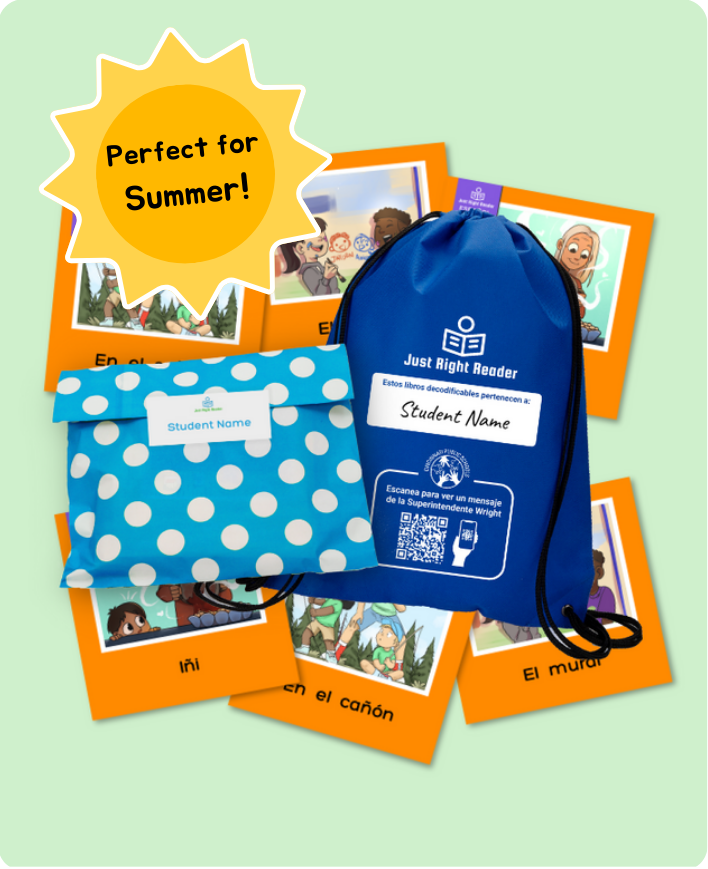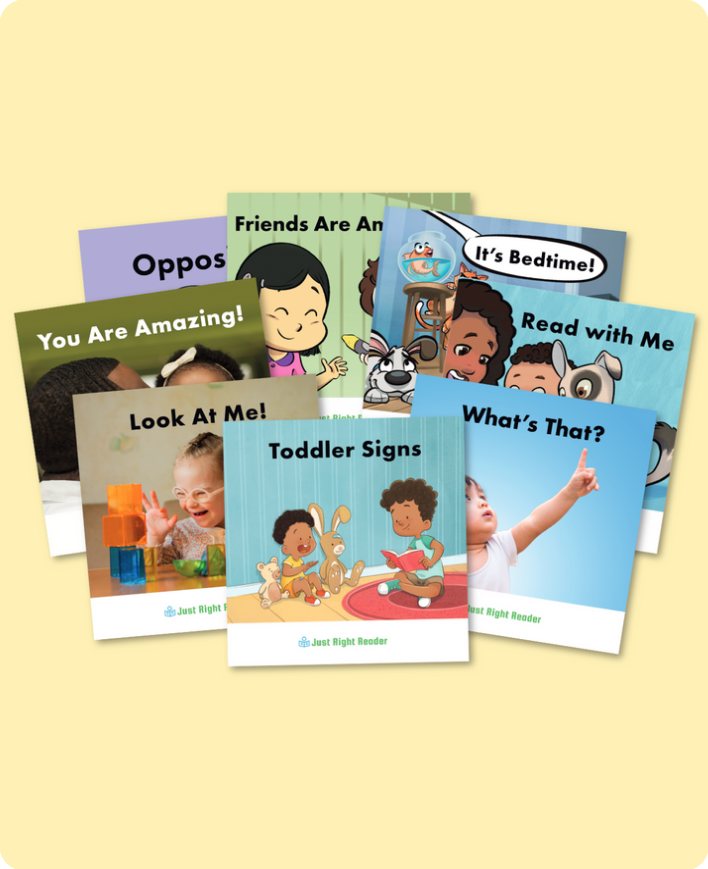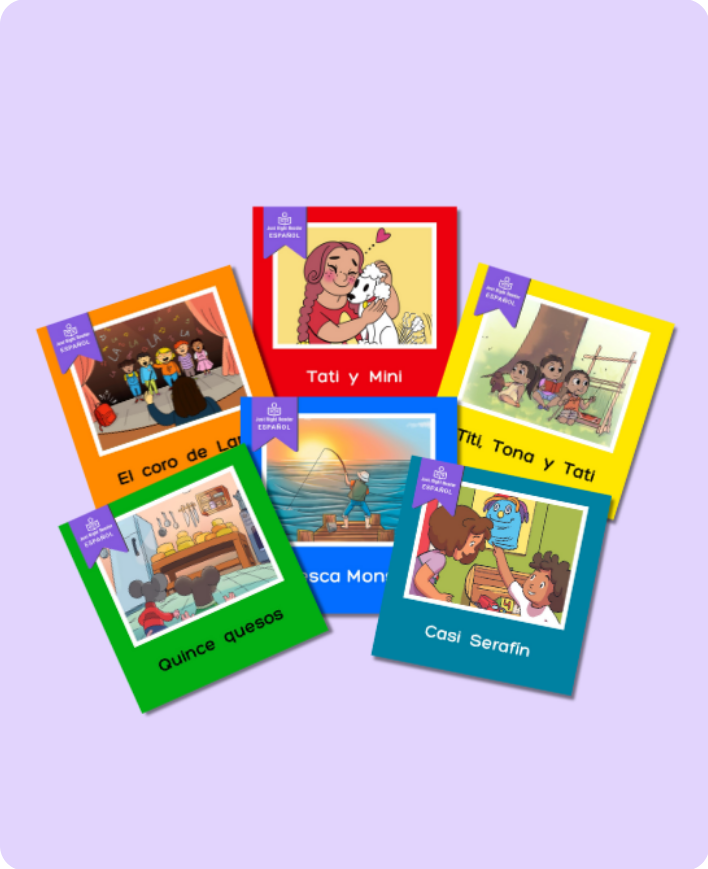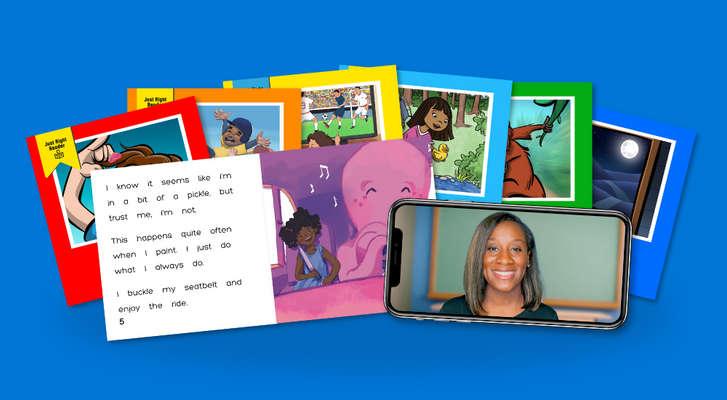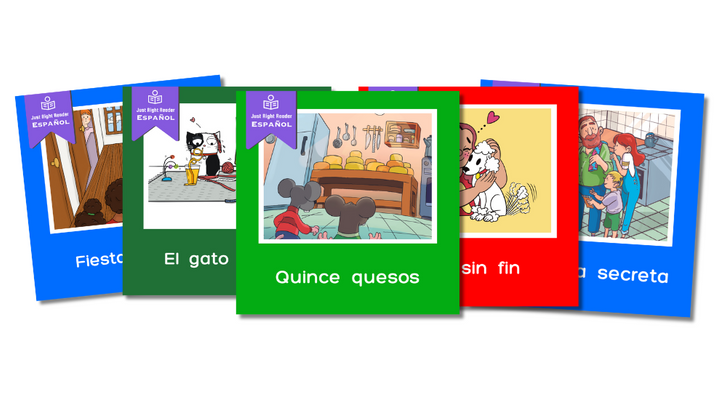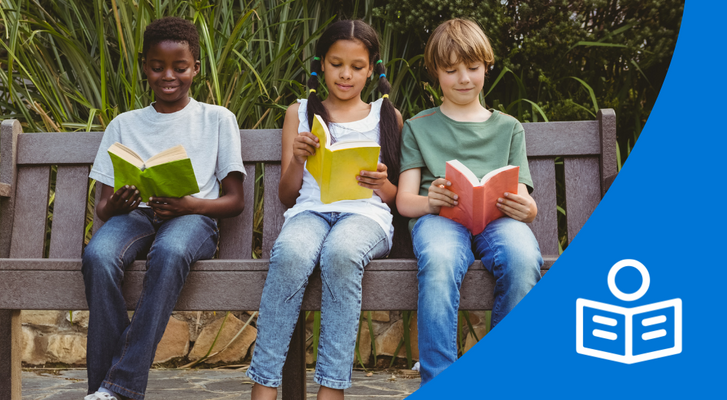
Creating an inclusive learning environment with research-supported strategies is essential for improving the academic achievement of English Language Learner students in the classroom.
Use this guide to empower your ELL students and learn which instructional practices are effective.
Understanding English Language Learners (ELLs)
An English Language Learner (ELL), or multilingual learner, is a student whose primary language is not English and who is in the process of learning English. They face the unique challenge of learning academic content and a new language at the same time.

- ELLs come from diverse cultural backgrounds, adding richness to the classroom environment.
- They often contribute unique perspectives that enhance learning for all students.
- ELLs may have varying proficiency levels in their native language, affecting their English language learning.
- Some may have strong literacy skills in their first language, aiding their learning of English.
- Others might face additional challenges because of limited formal education in their native countries.
- Many ELLs may not speak English at home which can impact their learning and confidence in school.
- The level of support available at home can vary.
Instructional Strategies for Teaching ELL Students
Effective instructional strategies are important for supporting ELLs as they develop English proficiency and learn academic content.
Here are some research-backed strategies for teaching ELL students:
Dr. Claude Goldenberg, Professor of Education at Stanford University
What works for emergent bilingual students? [0:51]
-
Teach reading using instructional strategies grounded in the Science of Reading research. For a deep dive into the research, read our blog, Science of Reading: What You Need to Know.
-
Differentiated Instruction: Tailor lessons to meet the diverse needs of English Language Learners at different stages of language acquisition.
-
Visual Aids and Multimedia: Visuals help students make connections between new vocabulary and concepts (Goldenberg, C., 2013).
-
Cooperative Learning: Encourage group work to increase interaction among students. Collaborative learning activities promote language development through social interaction and peer learning (Kagan, S., & Kagan, M., 2009).
-
Language Modeling: Regularly expose students to rich language experiences. Reading aloud models fluency and introduces new vocabulary in meaningful contexts (Cummins, J., 2000).

-
Scaffolding Techniques: Use scaffolding to build students' understanding and confidence gradually. Start with more structured activities and slowly move towards more complex tasks as students' language proficiency improves. Include sentence starters, graphic organizers, and word banks to support writing and discussion (Hammond, J., & Gibbons, P., 2005).
-
Explicit Vocabulary Instruction: Teach academic vocabulary explicitly and in context. Introduce vocabulary prior to new lessons and provide multiple exposures to new words through different activities (Beck, I. L., McKeown, M. G., & Kucan, L., 2002).
-
Interactive Language Activities: Encourage active participation through activities where students must use English in a practical and meaningful context. These interactive activities, such as role-plays or debates, help them practice new language skills in real-life scenarios (Echevarria, J., & Graves, A., 2011).
-
Feedback and Assessment: Provide regular feedback on language use and classroom tasks. Focus on growth and areas for improvement rather than solely on accuracy. Use performance-based assessments, such as portfolios and presentations (Lynch, R., 2014).

- Culturally Responsive Teaching: Incorporate culturally relevant instructional practices that respect and value students' backgrounds and cultures. This can make learning more relevant and practical and increase student engagement.
-
Digital Tools for Language Learning: Use technology as a supplemental tool to improve language learning.
-
Professional Development for Educators: Teachers benefit from ongoing professional development focused on strategies to support ELL students. Trainings and courses, whether in person or virtual, on cultural competency and effective instructional practices improve academic achievement in diverse classrooms.
-
Family Involvement: Support parents through frequent communication and informational sessions about how to support their child at home.
- Community Resources:Communicate with parents and caregivers about using community resources, such as local libraries and cultural organizations.
Our blog post,What is Bilingual Education, provides an in-depth look at bilingual education and practical strategies.
Support English Language Learners and Dual Language Learners with Just Right Reader Spanish Decodable Books

- Written by native Spanish speakers for an authentic reading experience
- Supportbilingual and dual language programs.
- Based on alphabetic principles and phonological knowledge specific to the Spanish language
- Aligned to a rigorous phonics progression specific to the Spanish language
Learn how you can accelerate biliteracy reading achievement in your district.
Find Just Right Reader Spanish Decodables on The Reading League’s Decodable Text Resources Listing.
References:
Beck, I. L., McKeown, M. G., & Kucan, L. (2002).Bringing Words to Life: Robust Vocabulary Instruction. Guilford Press.
Black, P., & Wiliam, D. (1998). Assessment and Classroom Learning.Assessment in Education: Principles, Policy & Practice.
Building an Engaged Online Classroom: Best Practices and Lessons Learned. DepEd Tambayan.
Darling-Hammond, L., & Bransford, J. (Eds.). (2005).Preparing teachers for a changing world: What teachers should learn and be able to do. Jossey-Bass.
Echevarria, J., & Graves, A. (2011).Sheltered Content Instruction: Teaching English Learners with Diverse Abilities. Pearson.
Hammond, J., & Gibbons, P. (2005). Putting Scaffolding to Work: The Contribution of Scaffolding in Articulating ESL Education.Prospect.
Lynch, R. (2014). Design principles for children's technology.TechTrends
